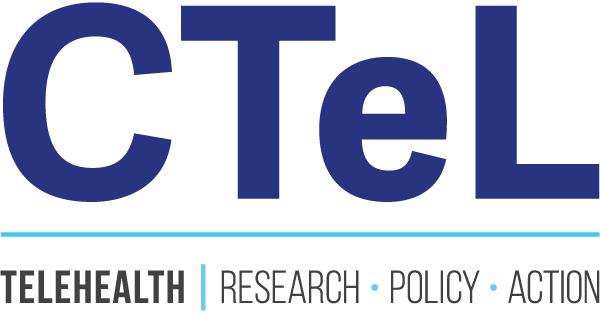House Budget Committee Unveils Sweeping Spending Cuts Targeting Medicaid and Medicare
The House Budget Committee has released a budget resolution outlining significant fiscal changes, sparking a national debate about the future of healthcare access in the United States. The framework proposes $4.5 trillion in tax cuts and a $4 trillion increase to the debt limit, balanced by substantial spending reductions, primarily targeting Medicaid and, to a lesser extent, Medicare. This move has ignited concerns among healthcare advocates and beneficiaries, while proponents argue it’s a necessary step towards fiscal responsibility.
Key Provisions and Proposed Cuts:
The resolution tasks two key committees with achieving significant spending reductions:
Energy and Commerce Committee: Charged with slashing $880 billion over the next decade, with a focus on Medicaid reform.
Education and Workforce Committee: Directed to cut $330 billion over the same period.
Medicaid Under the Microscope:
Medicaid, a vital program providing healthcare coverage to approximately 80 million low-income Americans and accounting for one-sixth of all U.S. healthcare spending, is facing significant proposed changes. The budget resolution suggests two primary mechanisms for achieving these cuts:
Per Capita Caps: This proposal would limit federal Medicaid payments based on a fixed amount per enrollee, rather than matching state expenditures. Proponents estimate this could save up to $900 billion over ten years. Critics argue this could shift costs to states, potentially leading to reduced benefits or eligibility restrictions. This approach is similar to previous block grant proposals, which have been widely debated. (See, for example, the Kaiser Family Foundation's work on Medicaid financing: https://www.kff.org/medicaid/)
Work Requirements: The budget also proposes implementing work requirements for Medicaid recipients, a measure projected to save $100 billion over ten years. The effectiveness and impact of work requirements on healthcare access have been the subject of ongoing research and debate. (See, for example, the Center on Budget and Policy Priorities' analysis of work requirements: https://www.cbpp.org/)
These proposed reforms reflect a broader Republican effort to reshape entitlement programs and curb federal spending.
Medicare Faces Potential Headwinds:
While Medicaid bears the brunt of the proposed cuts, Medicare, the program providing health insurance to seniors and individuals with disabilities, is not entirely untouched. A scheduled 2.83% reduction in Medicare physician payments is set to take effect in 2025 unless Congress intervenes. This reduction could strain healthcare providers and potentially limit access to care for beneficiaries. (For more information on Medicare payment policies, see the Centers for Medicare & Medicaid Services website: https://www.cms.gov/)
Navigating the Political Landscape:
The budget resolution's path to becoming law requires passage in both the House and Senate. Differing legislative strategies between the two chambers present a potential hurdle. The House favors a single, comprehensive bill, while the Senate prefers a two-bill approach. Internal divisions within the House, particularly between the fiscally conservative Freedom Caucus, pushing for deeper cuts, and moderate Republicans, concerned about the impact on state budgets and their constituents, could further complicate the process.
The Road Ahead:
The proposed budget cuts to Medicaid and Medicare are poised to be a central point of contention in the upcoming legislative session. The debate will likely focus on the potential impact of these cuts on vulnerable populations, the role of government in healthcare financing, and the long-term sustainability of these vital programs. The outcome will have significant implications for healthcare policy and the millions of Americans who rely on Medicaid and Medicare for essential medical care. Stay tuned for additional updates as this process continues forward.



